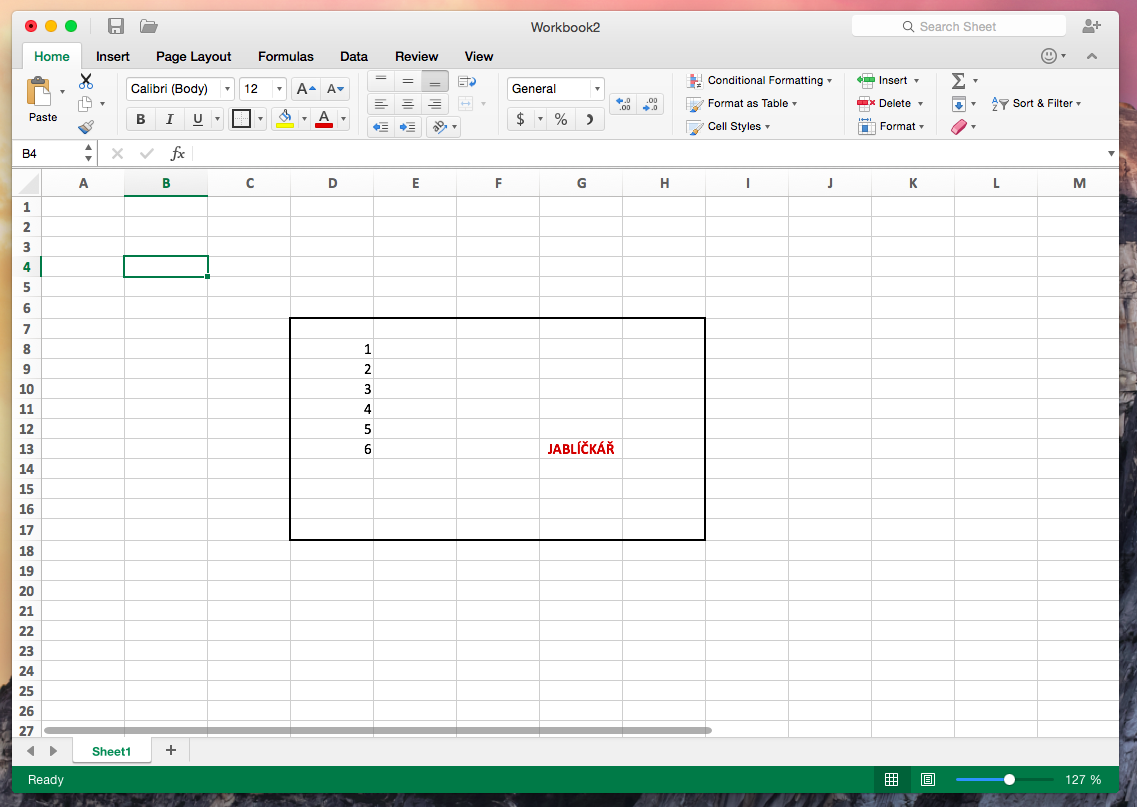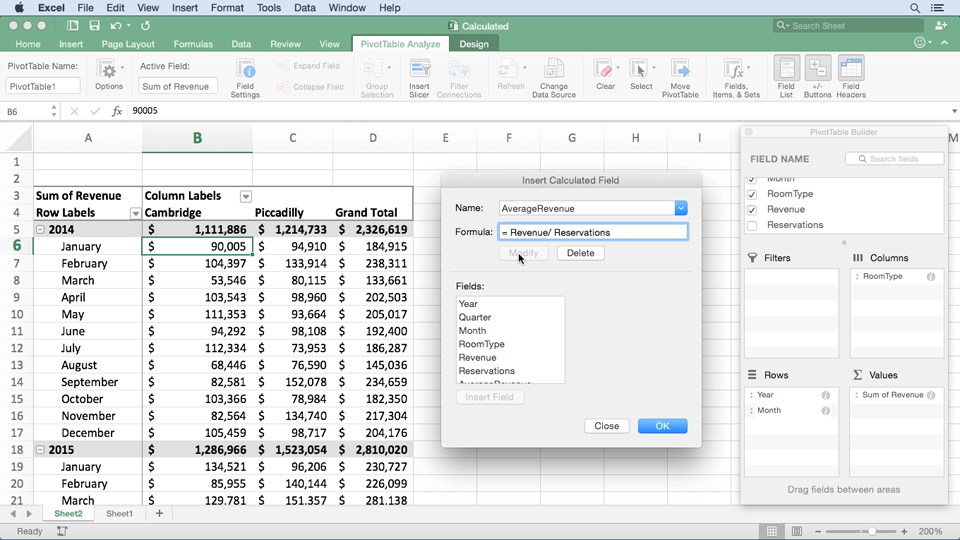

You’re probably wondering, what happens if you try using a connector not previously listed? Well, you end up in an infinite loop of prompts telling you that something went wrong, so I highly recommend that you don’t try other connectors just yet.

Refresh an existing query inside of a Workbook.What exactly can we do right now with this integration? We can do 2 things: Again, the engine is already in place, so that’s BIG. The current integration is very limited on what you can do, but so much of the ground work is already in place. While PowerPivot is more intended to be used by the Power Users, Power Query can be used by almost 70% of the Excel userbase.

So, why Power Query and not PowerPivot? that’s a good question and something that I’d let the MSFT team answer, but I do firmly believe that Power Query is a tool that has a way bigger audience/reach. I didn’t think that I’d be alive to see Power Query run on a MacOS, especially since PowerPivot has been around for almost 10 years now and it seems like it’ll never see the light on MacOS.

Guess what! That engine is now able to run inside of Mac. The most important part about Power Query, besides its user interface, is the actual engine that runs all of the transformations. What can I do with Power Query for Excel on Mac? You can read the full press release by Guy Hunkin (Microsoft’s Excel PM) from here. The integration is still in its early stages, but it was released on a public preview through the Office Insider program for Mac. Well, in essence is the integration of the new standard Microsoft business-user oriented Data Preparation tool inside of Excel on Mac. OK – with that out of the way, let’s go with part 2: what is Power Query in Excel for Mac? It is not the same as the one that you get on your iOS like your iPhone or tablet, but rather a full desktop experience, but not exactly the same that you might be accustomed to on Windows.


 0 kommentar(er)
0 kommentar(er)
